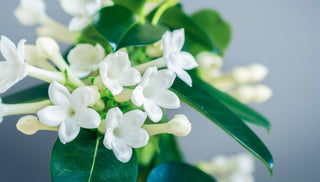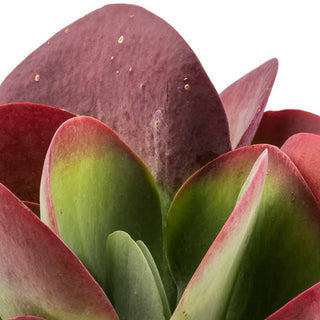☘ Origin: Southern China and Taiwan
☘ Family: Arecaceae
☘ Botanical Name: Rhapis excelsa
☘ Common Name: Lady Palm
Symbolism: In Japan Lady palm was specifically planted around the palaces of military commanders. The pointy shape of the leaves was said to ward off those of bad intent. Because they’re very strong and can reach a great age, with proper care they can live century, they are known as ‘Green Parrots’, which are also tough survivors.
🍃 Shop Your Lady Palm Today!
🔆 Light
Prefers bright indirect light, but can easily adapt to low or medium indirect light. Do not place your plant in full sun as it can burn.
Give your plant a turn every few days to expose all sides to light for even growth from all sides.
💧 Water
Allow the top 50% of the soil to dry out. Don't let your plant sit in water or soggy soil, as it can lead to root rot or leaf spots. If you allow your plant to dry out completely for a while, you might see brown leaf edges.
To give your plant the absolute best, room-temperature rainwater and bottled spring water are your best options. Any water containing sugar or salt will hurt your plant!
☁️ Humidity
It will do well in average home humidity, but will appreciate added humidity from a humidifier, or 2-3 times filtered-water misting a week.
🌡️ Temperature
Prefers temperatures between (15-26°C). It can tolerate temperatures down to (10°C) but for best results keep it warmer.
🧴️ Food
Feed your Rhapis once a month during spring and summer with a general houseplant fertilizer diluted to half strength.
🐾 Toxicity
Rhapis Palm is considered to be non-toxic according to the ASPCA.
You might occasionally see brown tips on your plant’s leaves. The most common causes for this include drying out too much, extreme heat, or excess minerals in your tap water. If you see brown tips, try watering more often and using filtered or rainwater.



